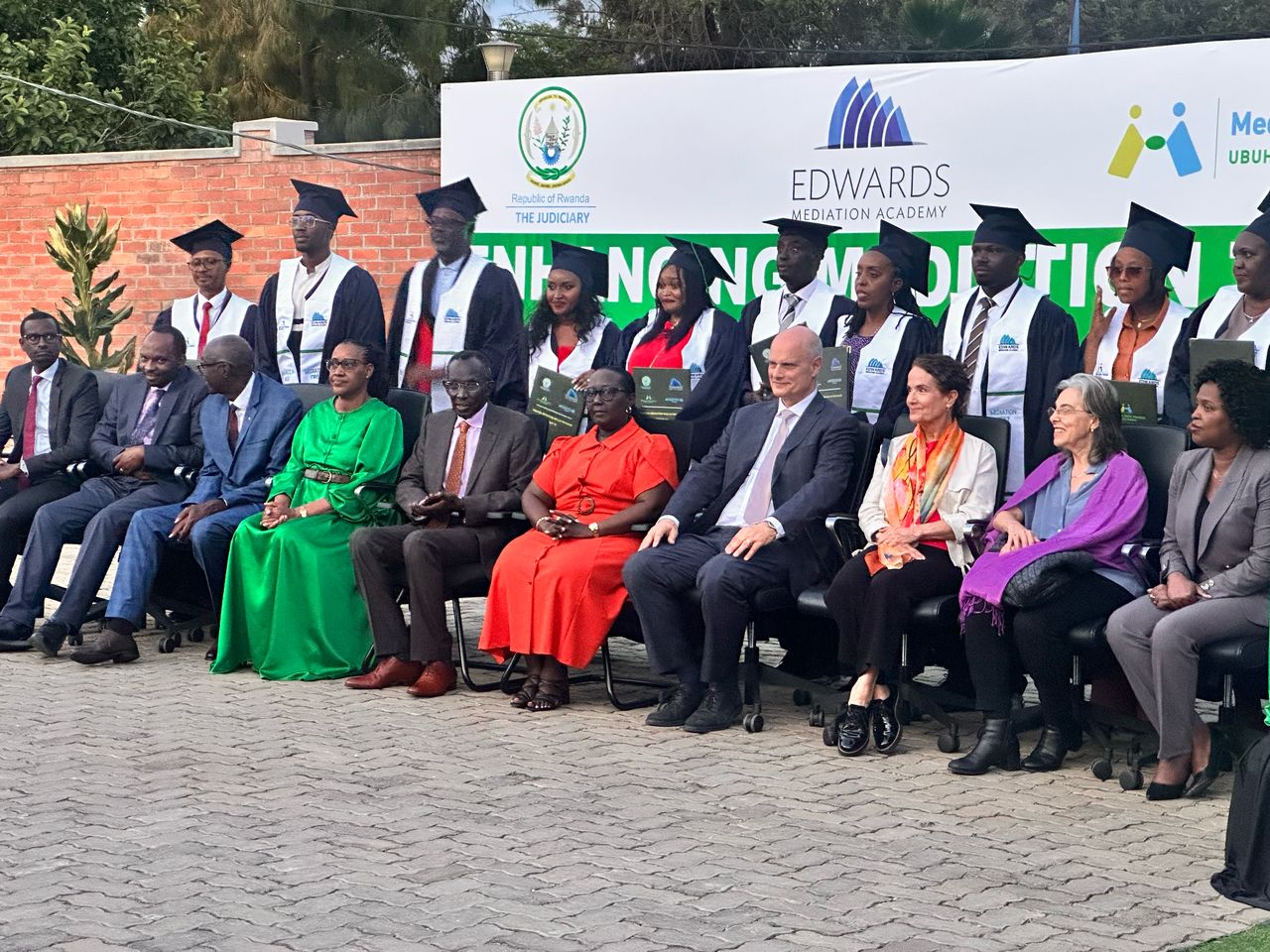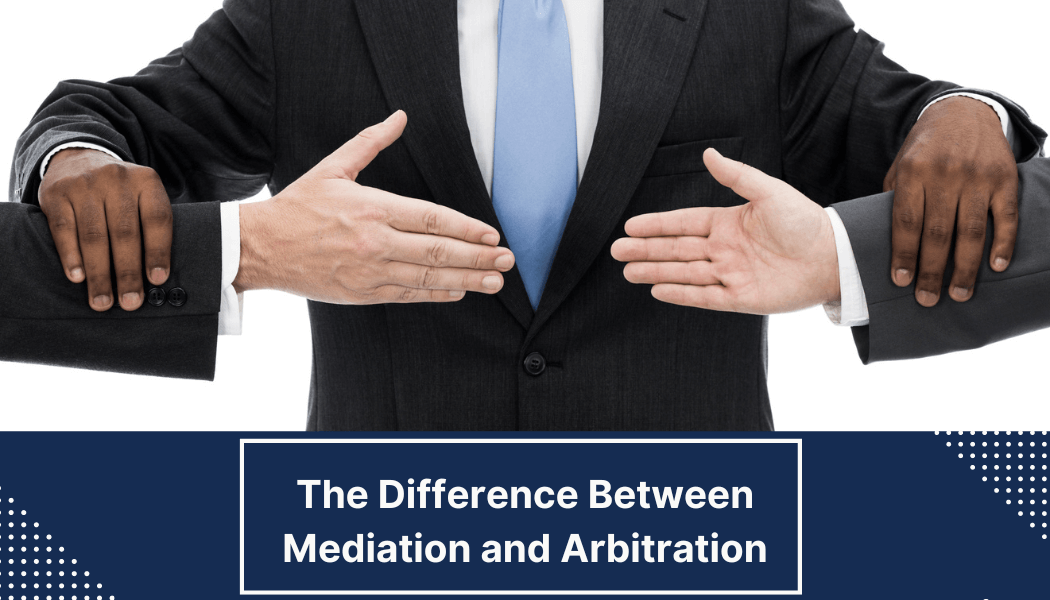I was asked by a journalist recently about the average settlement offers in mediation. And while his search for understanding is laudable, the question itself is misguided.
What’s wrong with asking about average settlement offers in mediation?
Mediation, a form of alternative dispute resolution, is best defined as a facilitated negotiation. At its core, it is a voluntary process that relies on the skilled intervention of a neutral third party or mediator. The mediator’s job is to help disputants understand the other party’s perspective, position, and underlying interests in a dispute and effectively communicate settlement offers between them to reach a final agreement. Unlike a judge or an arbitrator, the mediator is not a decision-maker but a neutral third party who assists the parties in arriving at their own decision for settling a dispute.
Growth in Mediation for Settling Commercial Disputes
Civil litigation in the United States, particularly those cases that end in trial, has been steadily declining over the past few decades. For example, it’s now quoted that fewer than one percent of commercial cases filed in federal court will end in a trial. The same trend is apparent in commercial disputes filed in most state courts. This means that the vast majority of commercial disputes end in settlement.
While civil jury trials have been declining, the use of mediation and other forms of alternative dispute resolution for resolving commercial disputes has steadily increased. Mediation offers several advantages over litigation for settling disputes. The attorney fees, time, and friction associated with mediation are generally far less than with litigation. Mediation, being a voluntary process, offers parties complete control over the process and the outcome of the process. Where mediation has been used, it has enjoyed high success rates in achieving settlements with acceptable results for both sides of a dispute.
What, then, is the role of mediation and the facilitated exchange of settlement offers in achieving this success? To illustrate, we’ll look at a mediation scenario and the facilitated negotiations for settling a typical commercial dispute.
How Do You Negotiate a Settlement in Mediation?
To better understand how mediation helps optimize outcomes while saving the parties time and expense, we must first do a deeper dive into a quintessential commercial dispute, let’s say, a personal injury lawsuit. Envision a typical car accident involving a middle-aged woman stopped at a crosswalk while waiting for pedestrian traffic to clear. Without warning, her vehicle was struck from the rear by a local public works vehicle whose driver was distracted by looking at his cell phone.
As a result of the collision, the woman suffers a physical injury to her neck and spine and incurs significant medical bills and expenses for ongoing treatment. She brings a civil lawsuit naming the public works department and its driver as defendants, both of whom are ultimately defended by the town’s insurance company.
The Mediation Process
The defendant’s insurance company suggests and both sides agree to participate in a voluntary mediation to determine whether the matter can be settled outside of court before more formal and costly litigation ensues. Before the mediation, the mediator reaches out to the plaintiff’s attorney and solicits a settlement offer, sometimes referred to as a demand, to begin the mediation process.
The Mediation Joint Session
Once at the mediation, the mediator assembles both sides in her conference room and invites each to give an opening statement. The goal is to provide each side the opportunity to share their unique perspective on the facts and law giving rise to the litigation.
In addition to the facts and the law, the joint session is often where the parties’ priorities come to light. In the above example, the plaintiff mentions that her children went to the local school and crossed the street at the same crosswalk. In an appropriate but emotional fashion, she expressed concern for the safety of all local children walking to school.
Private Meetings and Settlement Negotiations
Following the exchange of opening statements, the parties are separated into different rooms and invited to speak privately with the mediator. These confidential meetings allow the parties to express their views and interests in private that they might not otherwise be willing to talk about in a joint session and to discuss various options with the intent to find a resolution.
At some point during the private meeting with the mediator, the defense attorney, and the defendant’s insurance company representative, the mediator will ask for an initial settlement offer from the defendants in response to the plaintiff’s demand. Once communicated to the plaintiff, the facilitated negotiation is underway.
Depending on the perceived appropriateness of the plaintiff’s demand, the initial offer may itself be viewed as reasonable or not. It’s important to emphasize that no two negotiations are the same. The process of exchanging settlement offers and demands may involve two or twenty-two steps depending on the complexity of issues and the amount of money involved.
The negotiation dance varies from case to case but shares common characteristics. Both sides tend to initiate the process by making exaggerated settlement offers. This is done to test the water in hopes of optimizing any potential outcome. One of the many benefits of having a trained negotiation professional as a mediator is that she can assist the parties in navigating this otherwise polarizing moment in negotiation.
In the example above, the mediator may learn in a private meeting with the plaintiff that her primary motivation for the litigation was to ensure that local school children would not be at risk of injury or worse while crossing that intersection. After reporting this understanding to the defendant and their representatives, the town agreed to install a stop light at that crosswalk.
The negotiation itself may conclude during the mediation session or require the continued exchange of settlement offers after the parties have left the building.
Settlement Agreement
We know statistically that any distributive bargaining exercise will most likely conclude mid-way between the first reasonable settlement offer and reasonable demand.
Often, a settlement agreement may include creative solutions as described above, not typically available under traditional legal remedies. For example, in addition to installing a stop light, the settlement above might include an agreement from the public works department or its driver to apologize to the injured woman, along with appropriate economic compensation.
Once the parties have reached a verbal agreement on all settlement terms, the mediator will assist the parties in fashioning a written settlement agreement to be signed by all parties.
Having reached an agreement out of court and well before a more traditional settlement would be possible, those involved in mediation often describe their experience as “winning” in mediation.
Average Settlement Offers In Mediation
While there are few reliable statistics available regarding average settlement offers during mediation, we do know that offers reflect a multitude of variables from liability and damage considerations to the parties’ motivation to resolve the conflict. And every case represents different levels of motivation depending upon the unique nature of the claims and the parties’ priorities.
Because these variables differ widely from case to case, there is no reliable way to determine an average value for settlement offers. However, some known commonalities in average settlement offers can help inform and prepare parties during a mediated settlement. We know that:
Both parties will approach the settlement from different perspectives, with the plaintiff hoping to get the most money out of a settlement and the defendant looking to pay the least amount possible.
The first offer commonly starts high (if it comes from the plaintiff) or low (if it comes from the defendant), demonstrating to the other side that they are unwilling to give too much too soon.
Both sides will probably start far apart in their offers and then move toward each other as the negotiations move on.
Negotiations during mediation can take time. At the beginning of the day, the parties may not move closer to an agreement as they feel they need to maintain strong positions. But as the day goes on and the direction of the settlement begins to crystalize, they may move faster and closer toward settlement or decide that it will not work out.
The outcome of the negotiation will be somewhere in the middle, and most of the time, the plaintiff will leave with less than they wanted, and the defendant will pay more than they wanted.
What Percent of Cases Settle in Mediation?
Most commercial disputes settle during or shortly after the formal mediation process. It’s important to emphasize that many ethical rules governing mediator conduct prohibit the advertisement of specific so-called “success rates” as they may be prone to hyperbole and exaggeration. Yet, we know anecdotally from industry-wide reports that the majority of mediations end in a successful resolution, defined as voluntary agreement of the parties. The industry success rate is well over 75%.
Clearly, the skillful handling of settlement offered by trained neutrals and the ability to overcome moments of impasse play a crucial role in this industry’s success.
How Do You Win at Mediation?
Unlike a jury verdict in a civil trial, there is no clear winner and loser in a mediation settlement. Instead, the goal of mediation is to reach a win-win settlement, where both sides see the outcome as fair and desirable and feel that they have reached a satisfactory agreement on their own.
A win-win settlement does not necessarily mean an equal win for both sides. One party may gain more in a settlement than the other, but as long as both parties gain more and both parties’ problems are solved, a win-win outcome is usually achieved.
Not every mediation will end in a settlement. However, for those that do, some recognizable behaviors contribute to the successful cooperation of the parties in reaching a settlement agreement. Some of the behaviors include:
The parties understand that they are there to find options that reconcile the interests of both sides and reach a fair result.
They come prepared and know the their cases strengths and weaknesses, the costs of litigation, and the risks they are assuming if the case does not settle.
Parties and their representatives have thought about the range of money they would feel comfortable giving or taking and come prepared with an opening offer.
Parties do not focus exclusively on demonstrating that they are right.
They focus on the interests of both sides.
Parties and their representatives treat the other side with respect.
They understand that they will not get everything they initially demanded.
Parties are open to non-conventional solutions.
Finally, they understand that patience is required throughout the process.
Many mediators agree that the sign of a successful mediation is when the plaintiff agrees to accept less than expected, and the defendant agrees to pay more than expected. To reach settlement, both sides must be prepared to compromise.
What Happens After a Successful Mediation?
Once the parties have reached a verbal agreement on all settlement terms, the mediator will assist the parties in drafting a written settlement agreement to be signed by all parties. Part of the agreement is a release, which is an agreement between the parties stating that one of the parties will relinquish their privileges to a legal claim. Many mediation settlement agreements also contain confidentiality provisions, whereby the parties agree that the settlement terms are to be kept confidential and not disclosed to any third party unless required by law. In the US, after both parties sign the agreement and payment is made, the counsel for the parties will advise the court that the matter is settled, and the judge will sign an order of dismissal. The legal case is resolved at that point, and in most civil cases, the parties will not need to return to court.
The Settlement Agreement is a Binding Contract
In the US and many other countries, a mediation settlement agreement can become a binding contract enforced in a court of law. Parties to the agreement may not change their minds about it later. If a party fails to comply with the terms of an agreement, the court will likely enforce the agreement, and sanctions may be entered against that party. Also, attempting to change or add new terms to the settlement agreement post-mediation may be difficult. For instance, if one party wants confidentiality or non-disparagement language in a settlement, those terms should be discussed before a final settlement is reached during the mediation session.
In conclusion
The mediation process is an efficient and effective forum for settling disputes outside court. Using a skilled neutral third party to facilitate the discussions and the exchange of negotiations, the opposing parties in a dispute can shape a mutually beneficial resolution and come away with a successful outcome.
While the journalist’s attempt to understand mediation and the intricacies of settlement should be commended, quantifying the average settlement offers in mediation fails to address the more salient considerations of how those offers originated.







